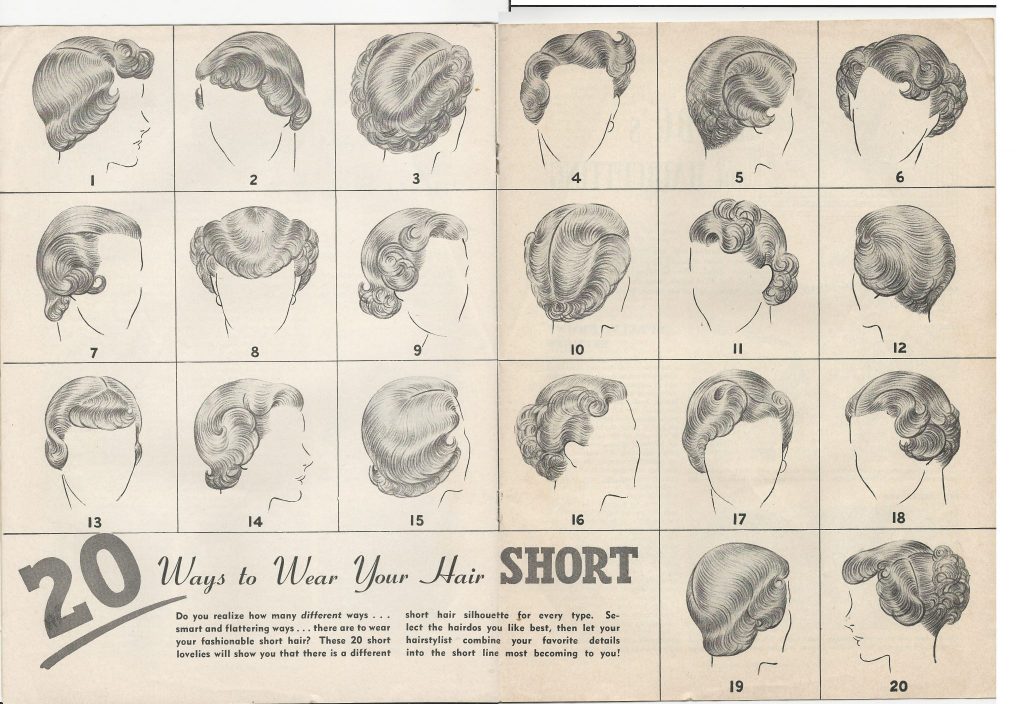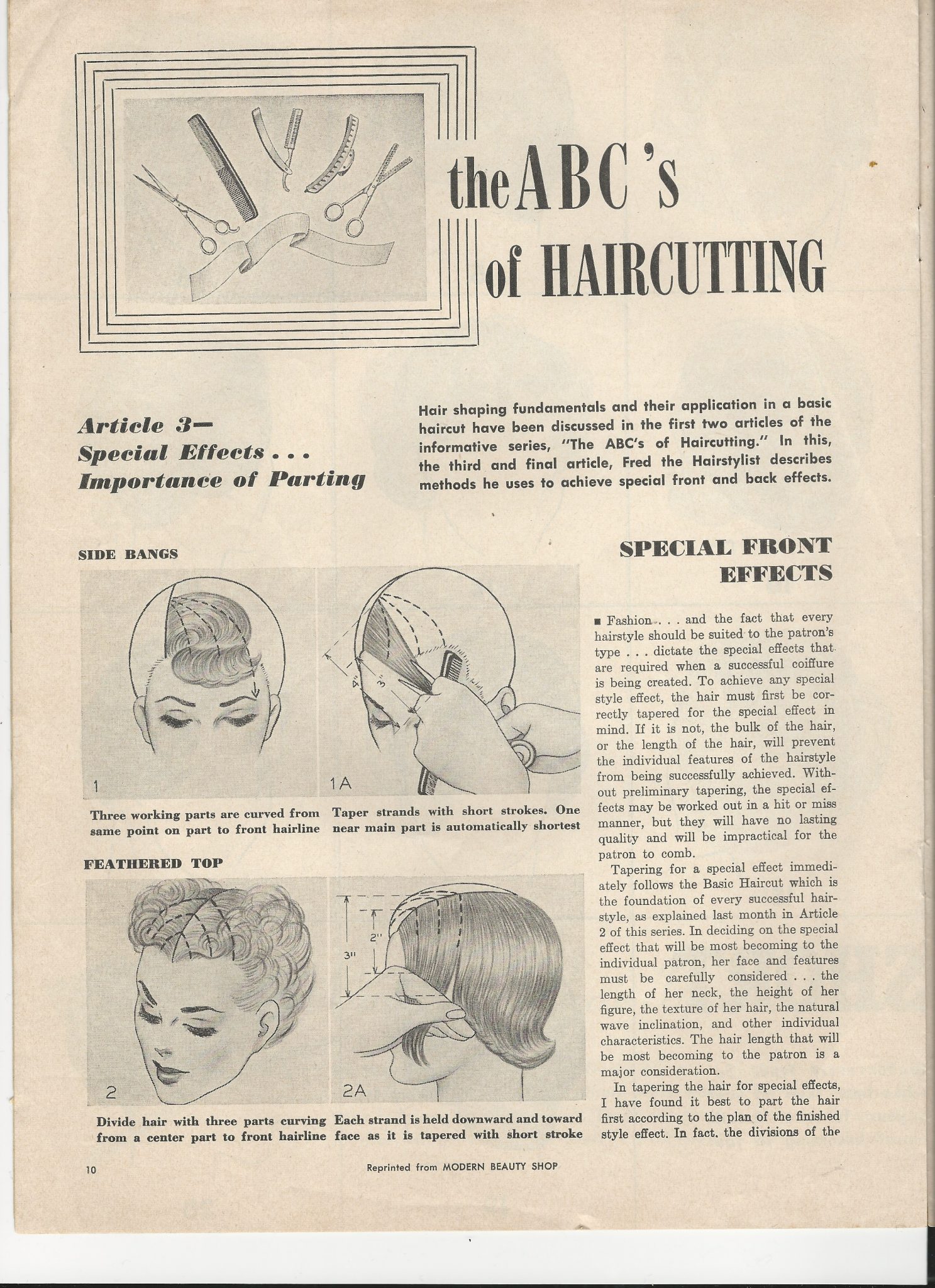Beauty college days
Neilson’s Beauty College opened on Jefferson Boulevard in the late 1920s.
Its founders, married couple Lester and Lillian Neilson, owned the school until 1964, when they sold it to two Neiman Marcus hairdressers.
The school is still in business today, run by a fourth owner, and the place has produced generations of stylists in its more than 90 years.
In 1949, the college printed the fourth edition of the school’s textbook, “Practical Cosmetology” by Lillian Vera Neilson. It originally cost $5, but we picked it up at an estate sale a few years ago for probably less than $1 and came across it in our unofficial Oak Cliff archives while staying at home.
Our book belonged to Lois Northcutt, and you can tell she really studied because she wrote notes neatly in pencil, underlined key headings and recorded her quiz grades for each section in the table of contents. She earned grades all in the 90s, except for an 88 in electricity, an 80 in anatomy and 100 in manicuring.
The book starts with rules for the college. Roll call was taken at 8 a.m. and 1 p.m., and students were required to ask permission to leave the building. Being absent on Friday or Saturday counted double. Students were required to dress in plain white uniforms and “in accordance with good taste.”
“Colored buttons or trimmings are not professional,” the book states.
Next is a section on shop management, the importance of bookkeeping and accounting for beauty supplies and tools. It says to make beauty suggestions without criticizing your clients’ looks. Always keep up-to-date on the latest beauty trends and techniques. And don’t bore your customers.
“Take advantage of all the lectures, news of the day, and keep posted on all topics of interest, so that you are really interesting to your customers.”
There are 14 paragraphs on being cheerful. “No smiles — no business.”
The “Neilson System of Beauty Culture” iterates that being a “good operator” is good for the profession at large. “A poor operator is a nuisance to the profession.”
Being a beauty professional takes so much more than technical skill!
“An operator at all times should be neat and clean. Never appear to be tired and bored before a customer. Remember she is your source of income, that she is paying for your services, and that she is your boss while in your shop. Always be very courteous and glad to see each customer on every visit. Too often operators lose old customers by thinking they will stand for almost anything, such as a hurry-up job, or making her wait past the time of her appointment.”
It also requires learning about microbes and sanitizing tools. There’s chemistry, too. Consider this recipe for hair bleach: 1 teaspoon Lux [shampoo], 4 teaspoons peroxide. Beat with an eggbeater until very thick. Add ammonia if golden tint is desired. A few drops of oil can be added on very dry hair.
Peroxide and Egyptian henna were the primary hair-coloring agents at the time.
The section on facials contains a two-page spread of formulas. The egg-and-honey facial contains one egg yolk well beaten, 2 teaspoons of Fuller’s earth [clay powder], 3 drops of tincture of benzoin and enough honey to make a paste.
The “lemon bleach” facial contains one egg white beaten very stiff, the juice of one lemon and enough almond meal to make a paste. Sounds delicious!
Besides that, Neilson students had to learn the bones, muscles, ligaments and veins of the hands.
A 10-page section on anatomy explains the skin, the vascular system, cells and the lymphatic and nervous systems. The curriculum required student to learn the principal nerves, muscles and glands of the head and neck as well as facial and cranial bones and the anatomy of the heart.
A 16-page insert from Modern Beauty Shop Magazine in New York City explained “The ABC’s of Haircutting.” Before there was the Ogle School or the Aveda Institute, there was Neilson’s.
“Be proud of your school,” the textbook says. “Be proud of he fact that you are Neilson-trained. Our school is one of the most reputable and widely known in the Southwest. Our students have helped us attain this achievement. By continuing to work together we can accomplish bigger and better things.”






